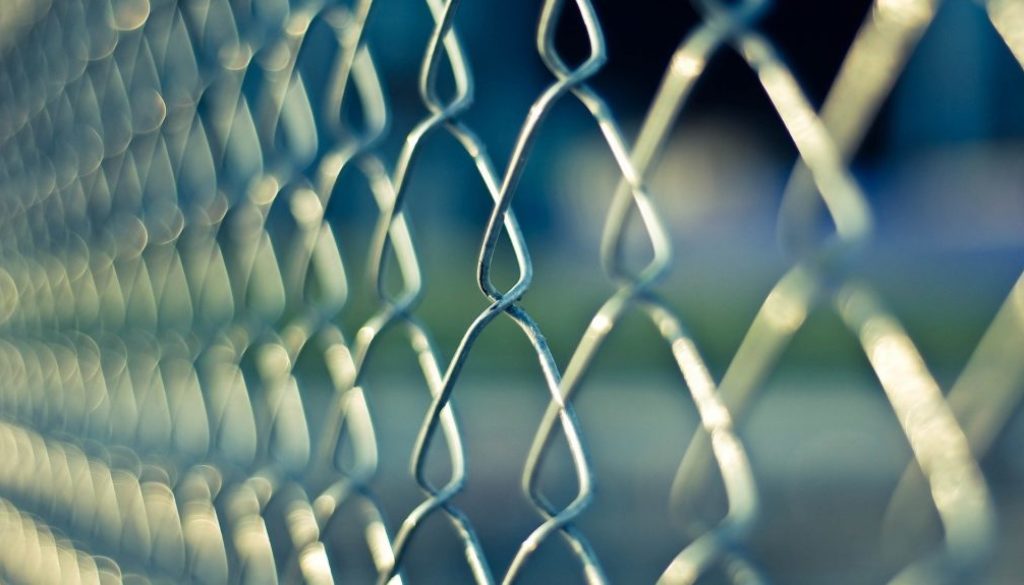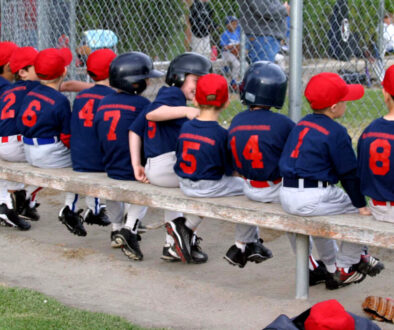Sports Facility Management Tip: Safety Training for your Staff
Injuries are going to happen in the sports world, or whenever physical activities are involved — there’s no escaping that fact. As a sports facility owner, do you know how your staff would react in the event that one of your clients gets sick or injured while working out or playing at your facility? You not only have a strong moral and ethical imperative to make your customers’ safety a top priority; you also put your business at serious risk if your staff handles even what appears to be a minor an injury the wrong way. This is particularly important when you’re teaching kids. They see instructors as authority figures and trust them to keep them safe. While I can’t dispense medical advice, I do make sure to keep certain priorities in mind at my own facility as far as safety goes.
Require basic first aid and CPR training for staff.
When people are working out at your facility, there’s a greater risk that they could suffer the negative effects of a medical condition. First aid classes from your local Red Cross also can teach your trainers how to recognize overheating and address basic wounds and fractures. Also, consider keeping a defibrillator at your facility in case someone suffers cardiac arrest.
Take all Injuries and Pain Seriously.
This one is more for kids, or for the classes where your staff members are in a coaching capacity. If a customer complains of pain, they generally shouldn’t be encouraged to push through it. Even if it appears that the customer is “faking” the injury to get out of their workout, it’s never worth it to argue. You never know when you could be making an injury worse. You can usually substitute another exercise that avoids the affected area.
Always communicate with parents to eliminate any confusion.
If, like in the example above, a child client complains of pain, or even falls or appears to hurt him or herself during a practice or training session, your staff members should absolutely let his or her parents know before the child leaves the facility. The parents will want to know if they should keep an eye on the injury. They will also want to know if the child was indeed avoiding work. The child will often tell his or her parents her or her own version of what happened. It’s best if your staff member explains things first.
These tips will generally be understood by your more seasoned trainers and staff. However, the younger instructors especially need to understand your safety policies before they start. Make safety policies a part of every new employee’s training. In addition, refresh the staff on the policies often.



